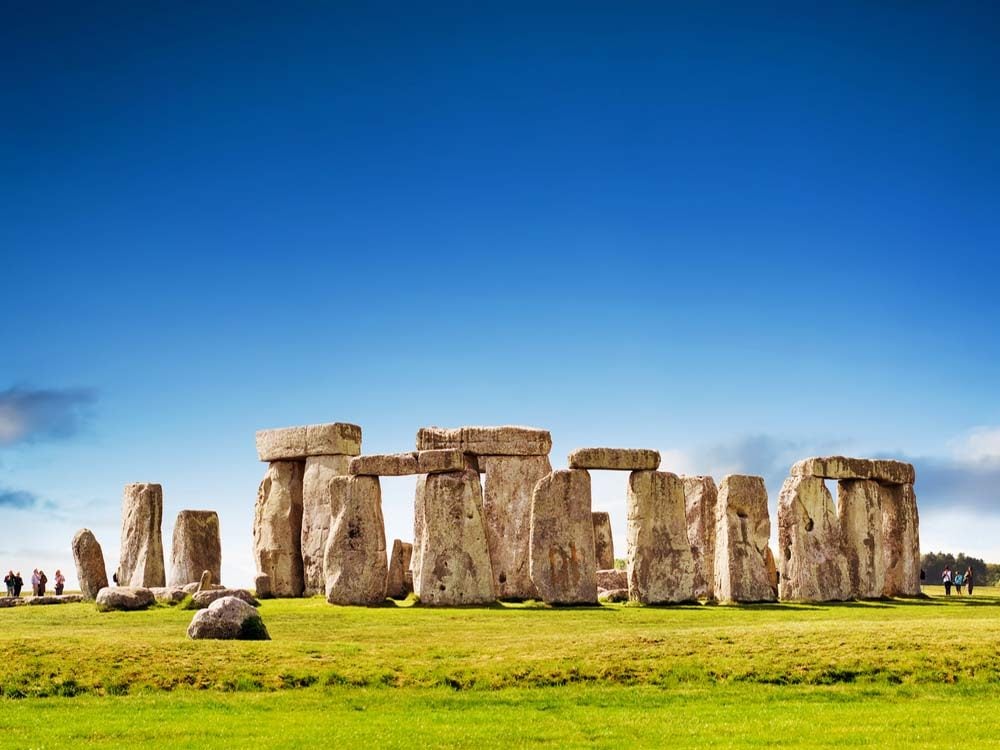
Mysterious Monuments: Stonehenge, U.K.
Surrounded by several hundred burial mounds and located far from the source of its megalithic stones, Stonehenge is the poster child of mysterious monuments. The earth and ditch around the monument dates to 3100 BC, and while there is some disagreement on the precise date of the erection of the stones, that followed roughly between 2500 BC to 2200 BC. There are several theories as to the purpose of the site, and it is likely that there were multiple uses over the years. Astronomical, spiritual, ancestor worship all have proponents and some have offered the idea that it was a sort of healing place, based on the conditions of the bodies buried around it.
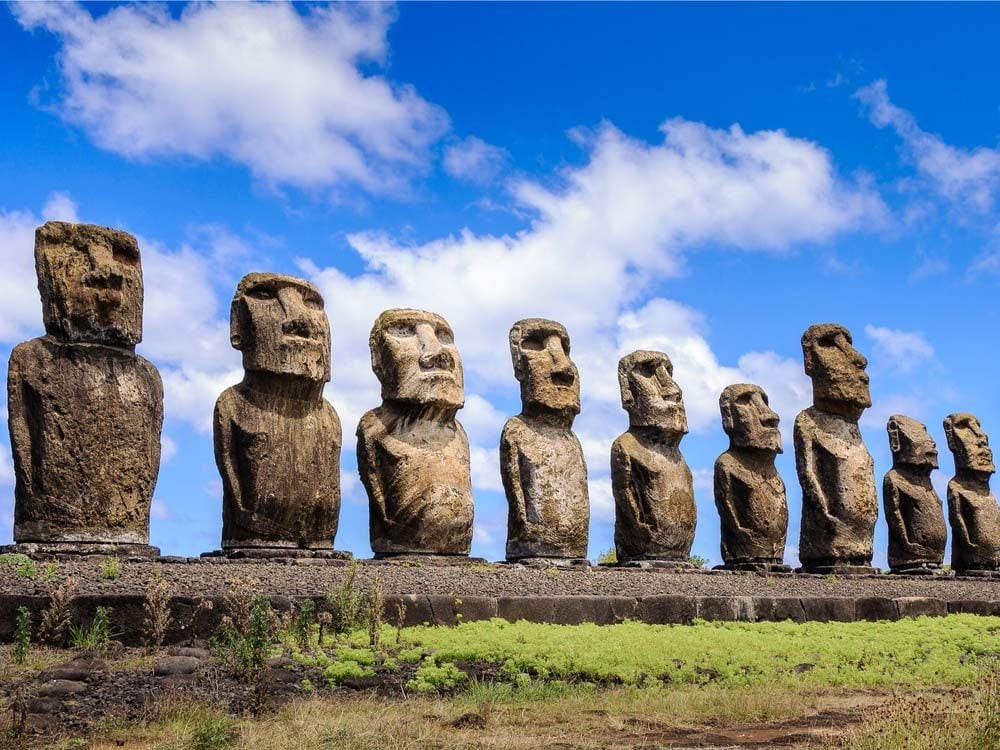
Mysterious Monuments: Easter Island
Nothing says weird like giant 80-ton stone heads on a completely treeless island in the middle of the Pacific Ocean, amid currents that would have made said island really hard to stumble across. But this mysterious monument is Easter Island (or Rapa Nui as it is properly named), and its inhabitants originally arrived from Polynesia. These heads are called moai, and were built from the island’s stone quarries and moved to their posts looking inland. The moai are believed to represent tribal ancestors and they were all tipped on their faces during conflict among the tribes. They were likely moved using techniques incorporating tree logs, but the island was treeless by the time European explorers arrived. Running out of such resources may have played a part in those conflicts.
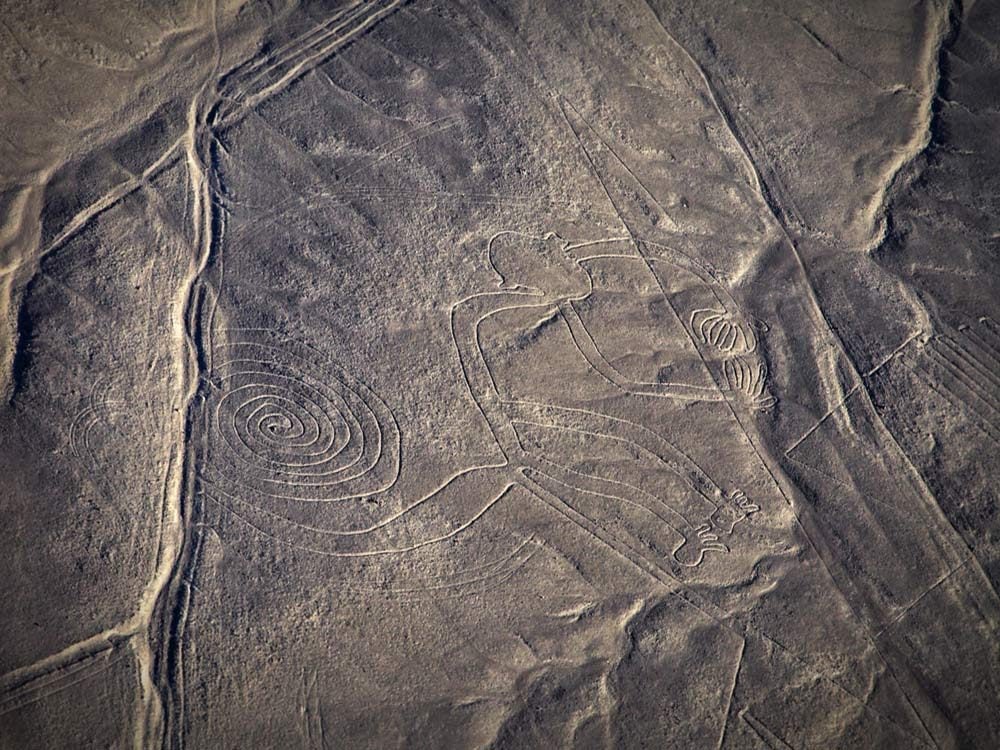
Mysterious Monuments: Nazca Lines, Peru
Identifiable easily from the air and spread out on desert land in southern Peru, these geometric designs are designated as a UNESCO World Heritage Site. There are hundreds of them and they range in style from simple shapes to clear line drawings of animals such as monkeys, sharks or lizards. The largest of them spans over 200 metres. They were created by removing the red stones of the region to reveal the white limestone underneath. Remnants of what appear to be wooden stakes used in their design take some of the mystery out of how someone could create such figures without a bird’s eye view, but what was their purpose? Theories abound from astronomical alignments and directions to water sources, to the usual believers in extraterrestrial visitors in need of landing strips.
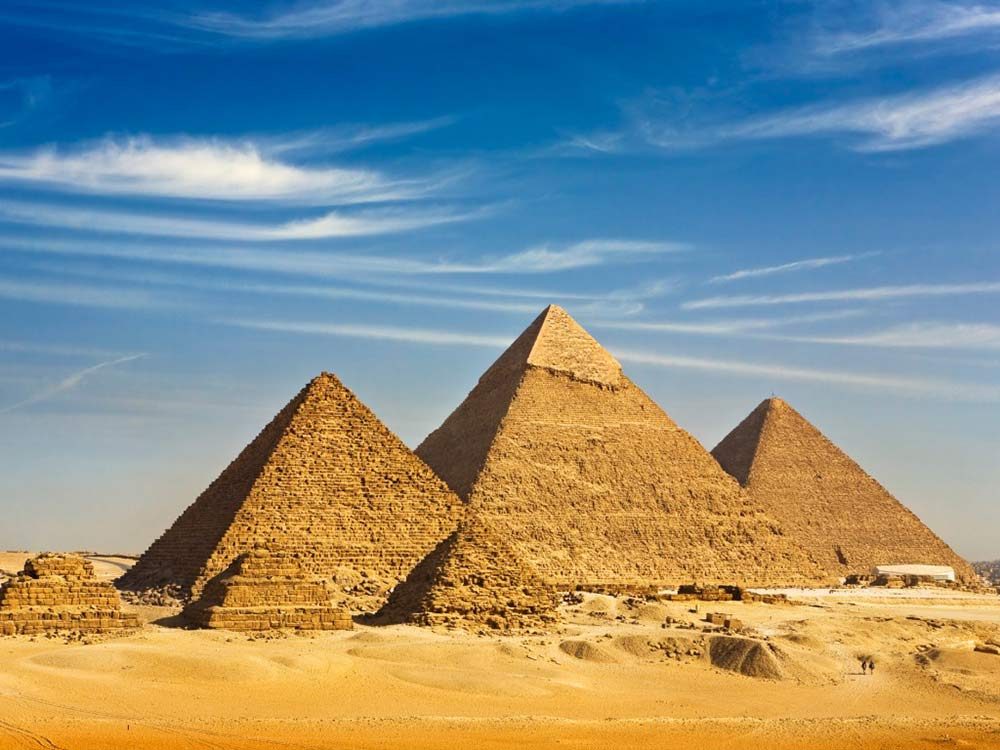
Mysterious Monuments: The Great Pyramids
Ancient Egyptians could never have imagined that their stone structures, half-buried in the advancing sands of the desert, would inspire a boatload of Hollywood movies and dime novels involving curses, treasure hunters and mummies. While this mysterious monument dates and methods have become clearer over time, there are still so many unanswered questions. Recent exploration by robot controlled camera vehicles down mysterious narrow shafts might shed more light on just what the Egyptians had in mind.
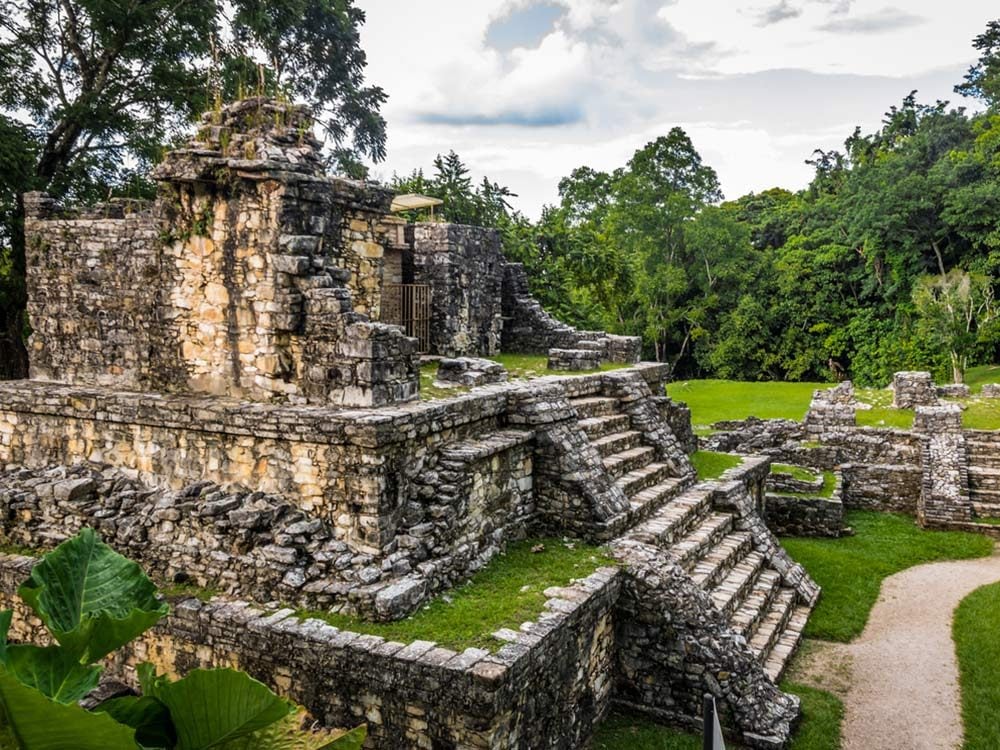
Mysterious Monuments: Palenque, Mexico
The Mayan civilization showed some incredible skills in building temples and pyramids, and their writing system and astronomical knowledge are nothing to sneeze at either. More fascinating and mysterious was the end of the mighty Maya – their cities had collapsed before the arrival of the invading conquistadores. Palenque, in the state of Chiapas in southern Mexico, is just one of many incredible mysterious monuments left behind.
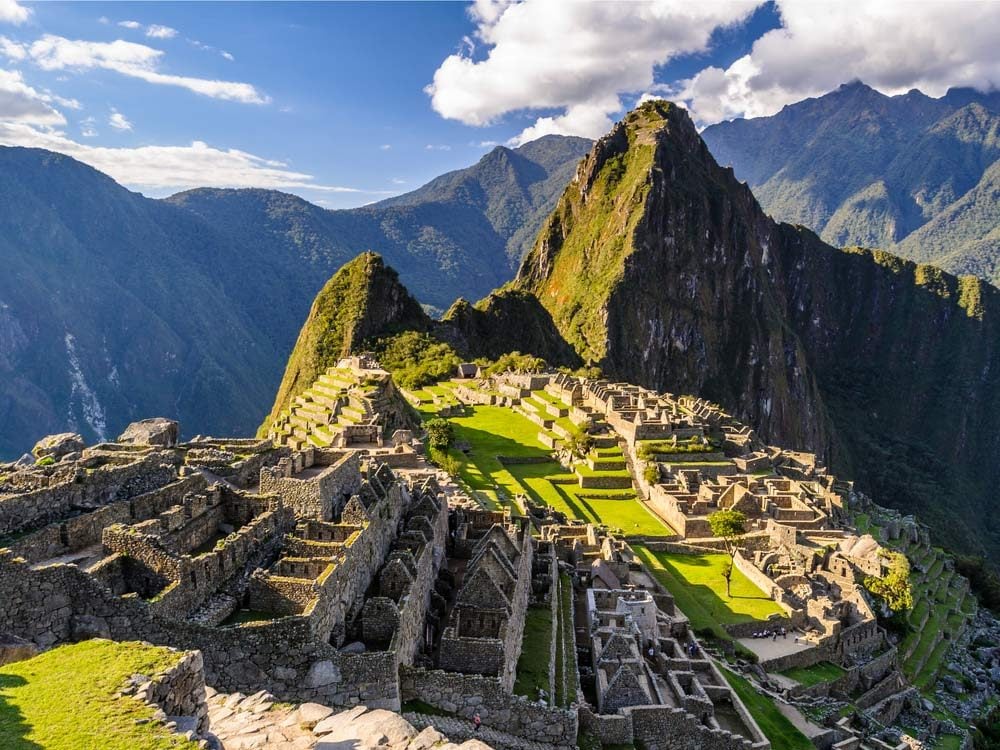
Mysterious Monuments: Machu Picchu, Peru
You have to go high for this site—2,430 metres above sea level, in fact. This famously photogenic city in the clouds of the Andes was built by the Incas in the 15th century for one of their emperors, Pachacuti. It remained hidden even from the invading Spaniards and it wasn’t “discovered” until 1911. Ride the train from Cusco to the switchback road to get here, or take an amazing multi-day hike along the Inca Trail.
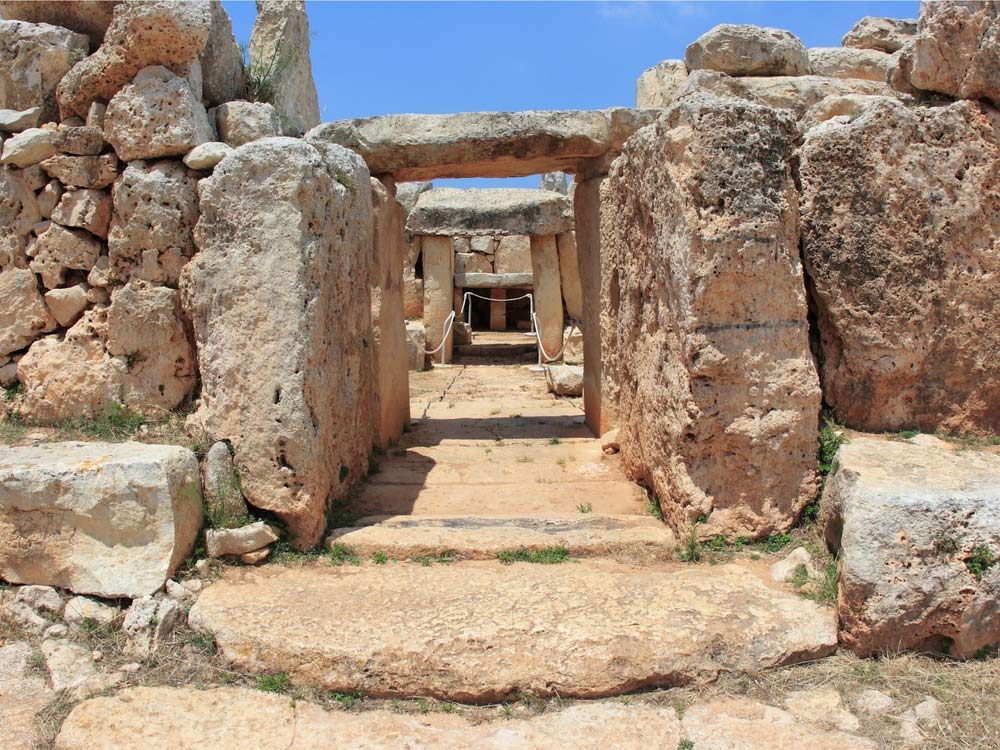
Mysterious Monuments: Hagar Qim, Malta
Pronounced “agar-eem,” this Neolithic site’s name means “standing stones.” Built between 3500 BC and 2900 BC, Hagar Qim is located on the southwest coast of Malta overlooking the waves of the Mediterranean. The biggest of the stones for this mysterious monument are 7 by 3 metres and weighs over 20 tons. Parts of the temple line up with the summer solstice’s sunrise and sunset and there is a theory that this and other Maltese structures may be even older than believed. These temples are perplexing in that there is little other evidence of a population sophisticated enough to have built them on this archipelago.
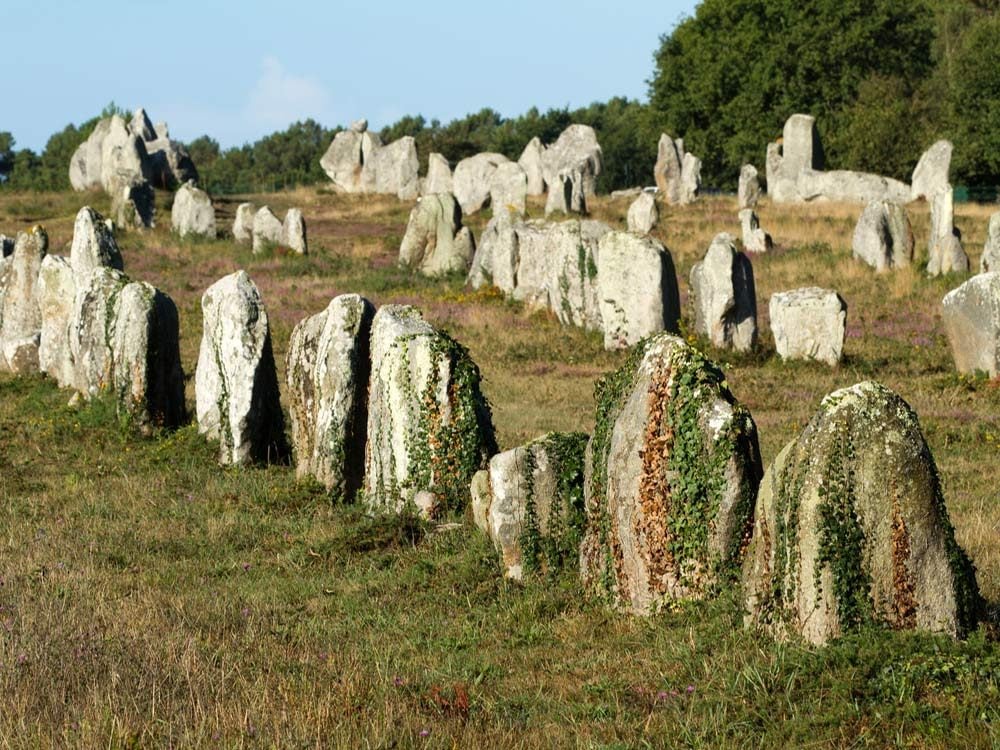
Mysterious Monuments: Carnac, France
Carnac, located on the shores of the Gulf of Morbihan in Brittany, France, is famous for its beaches. But also nearby are over 3,000 standing stones or menhirs, put there during the Neolithic Period. Archaeologists are uncertain what these stones stood for, but the site of them is compelling to the imagination. There are four groups of mehirs, arranged in rows and spread out over 4 km. The taller stones are to the west and get shorter as one follows them east. The Carnac stones are the largest collection of menhirs in the world.
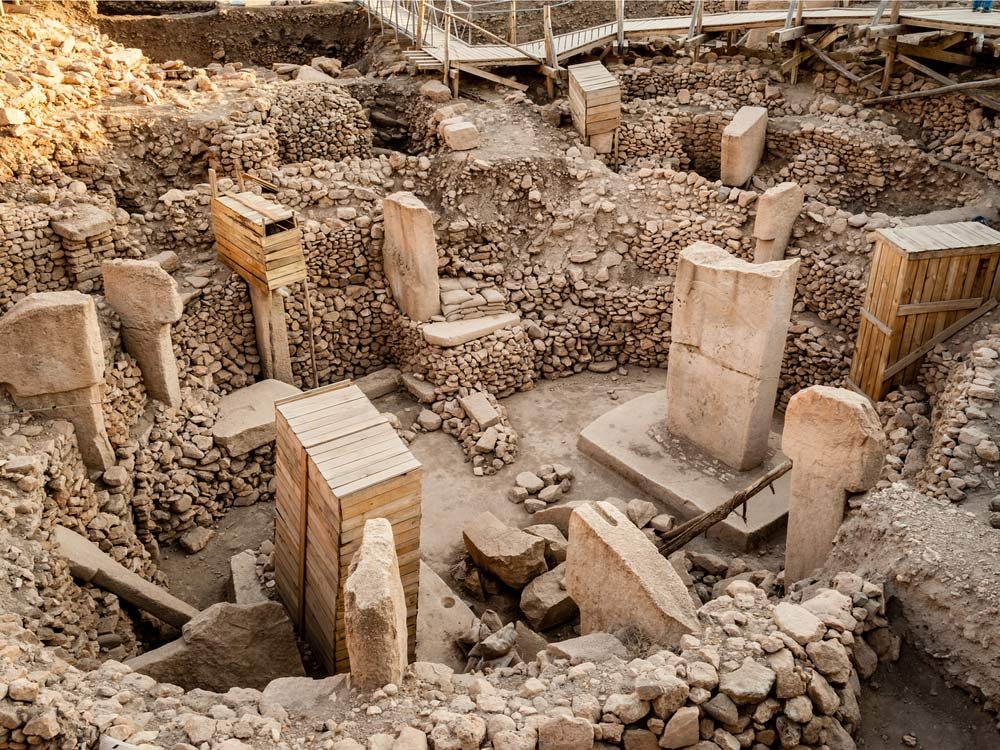
Mysterious Monuments: Gobekli Tepe, Turkey
Constructed over 11,000 years ago, this mysterious monument is in southeastern Turkey predates Stonehenge by 6000 years. And it’s huge: pillars as tall as five metres, some carved with animal shapes or weighing up to 10 tons; stone circles 65 feet across. Using radar and geomagnetic surveys, 16 or more megalithic circles can be detected underground. So much has yet to be dug up here and archaeologists are predicting at least another 50 years of excavations. What is known is that this site is Neolithic and predates agriculture by 500 years and writing by 6000. And to think, originally archaeologists had dismissed the place as the remains of an old cemetery and of little interest.